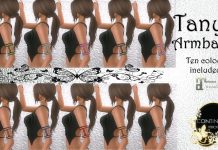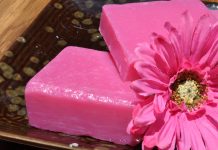Every year, as the leaves change color and the air turns crisp, the fashion world unfurls its latest seasonal trends like a theatrical performance. Runways transform into vibrant displays of innovation, promising a fresh wardrobe filled with possibility. Yet, behind the allure and excitement lies a pressing question: are these ever-shifting fashion trends a prudent investment or a fleeting indulgence? As consumers eagerly embrace the latest styles, the impact on wallets and the environment warrants a closer look. This article delves into the complex world of seasonal fashion, exploring whether these trends are a celebration of creativity or a cycle of wasteful excess.
The Environmental Cost of Fast Fashion Cycles
Fast fashion‘s rapid production cycles contribute significantly to environmental degradation. The relentless drive to churn out new collections each season leads to overproduction and waste. Textile waste has become a major issue, with millions of tons ending up in landfills each year. This industry relies heavily on water-intensive processes and synthetic materials, which further pollute water sources and contribute to carbon emissions.
Moreover, the resource-intensive nature of fast fashion impacts the planet in several ways:
- Water Usage: Massive amounts of water are used for dyeing and finishing processes.
- Pollution: Toxic chemicals from dyes and treatments are often released into rivers and oceans.
- Energy Consumption: High energy demands are required for production and transportation.
- Deforestation: Land is cleared for cotton farming, affecting biodiversity.
These factors highlight the urgent need to reconsider the current fashion model, focusing on sustainability and responsible consumption to mitigate its ecological impact.
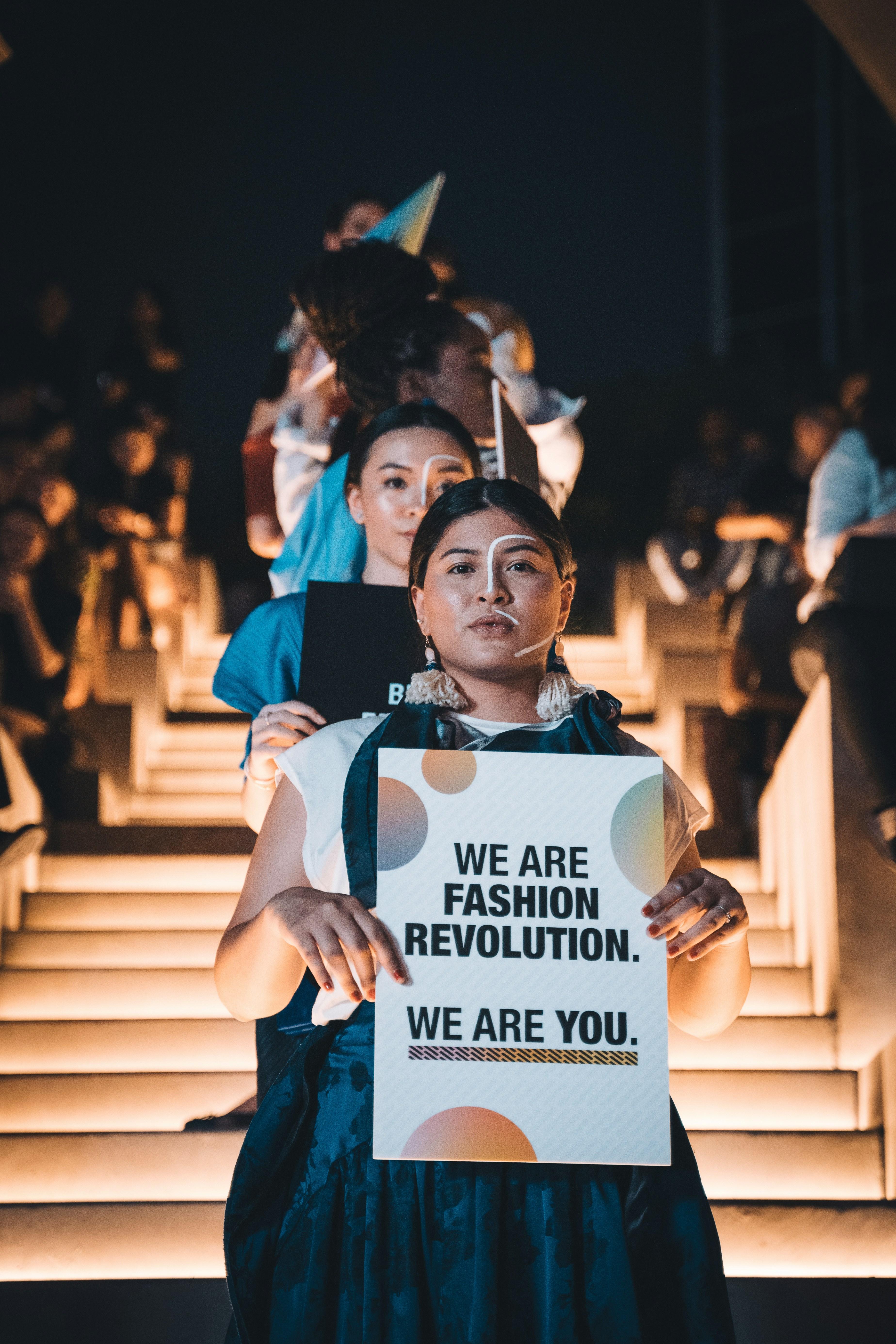
Balancing Style and Sustainability: A Practical Guide
In the world of fashion, the allure of seasonal trends often leads us to chase the latest styles, but at what cost? The fast-paced cycle of new collections can result in the overconsumption of resources and financial strain. While these trends bring a fresh perspective to our wardrobes, they can also contribute to a throwaway culture, where clothing quickly becomes outdated and discarded.
- Environmental Impact: The constant production of new clothing lines requires significant resources, leading to increased carbon footprints and waste.
- Financial Considerations: Investing in fleeting trends can strain personal finances, with items losing their appeal after just one season.
- Quality Over Quantity: Opting for timeless, high-quality pieces can offer longevity and versatility, reducing the need for frequent replacements.
By striking a balance between style and sustainability, fashion enthusiasts can enjoy the best of both worlds without compromising their values or budgets.
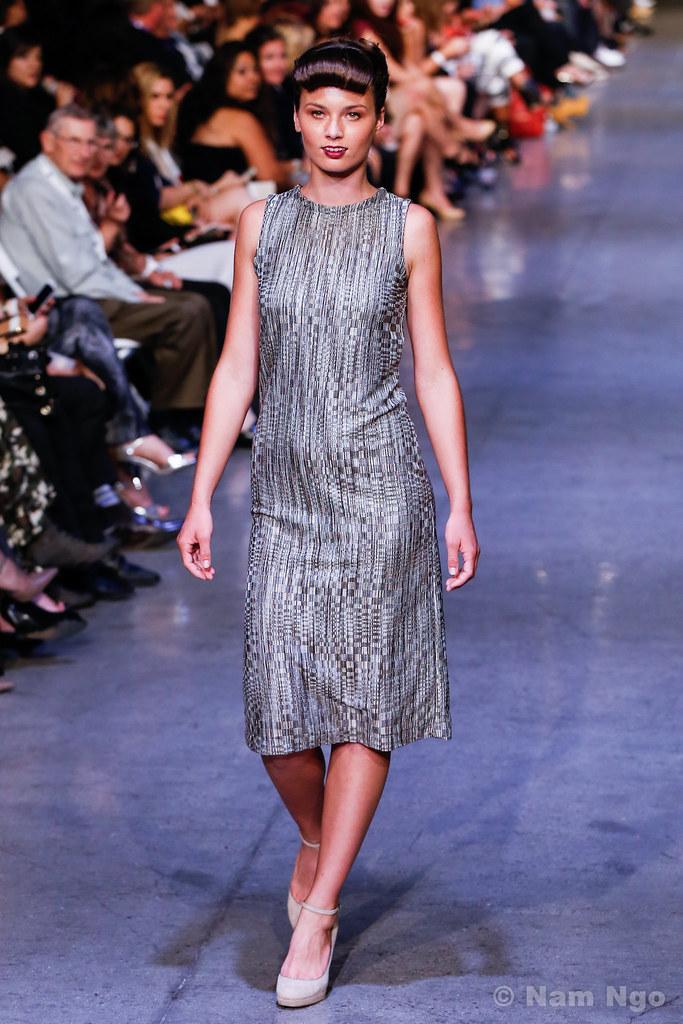
Investing in Timeless Pieces for a Lasting Wardrobe
In the fast-paced world of fashion, it’s easy to get swept up in the allure of ever-changing trends. Yet, there’s a growing movement towards investing in pieces that withstand the test of time, both in style and durability. Opting for timeless wardrobe staples not only fosters a more sustainable approach but also ensures that your closet remains versatile and adaptable. Imagine a wardrobe filled with quality items that seamlessly transition from season to season without losing their charm.
- Quality Over Quantity: Choose materials like wool, silk, and leather that offer longevity and elegance.
- Classic Cuts: Think blazers, trench coats, and tailored trousers that never go out of style.
- Neutral Palettes: Invest in blacks, whites, and earth tones that pair effortlessly with trendier pieces.
- Minimalist Accessories: Simple jewelry and leather belts can elevate any outfit.
By focusing on these key elements, you create a wardrobe that is not only cost-effective but also reduces waste, making it a thoughtful choice for both your finances and the planet.
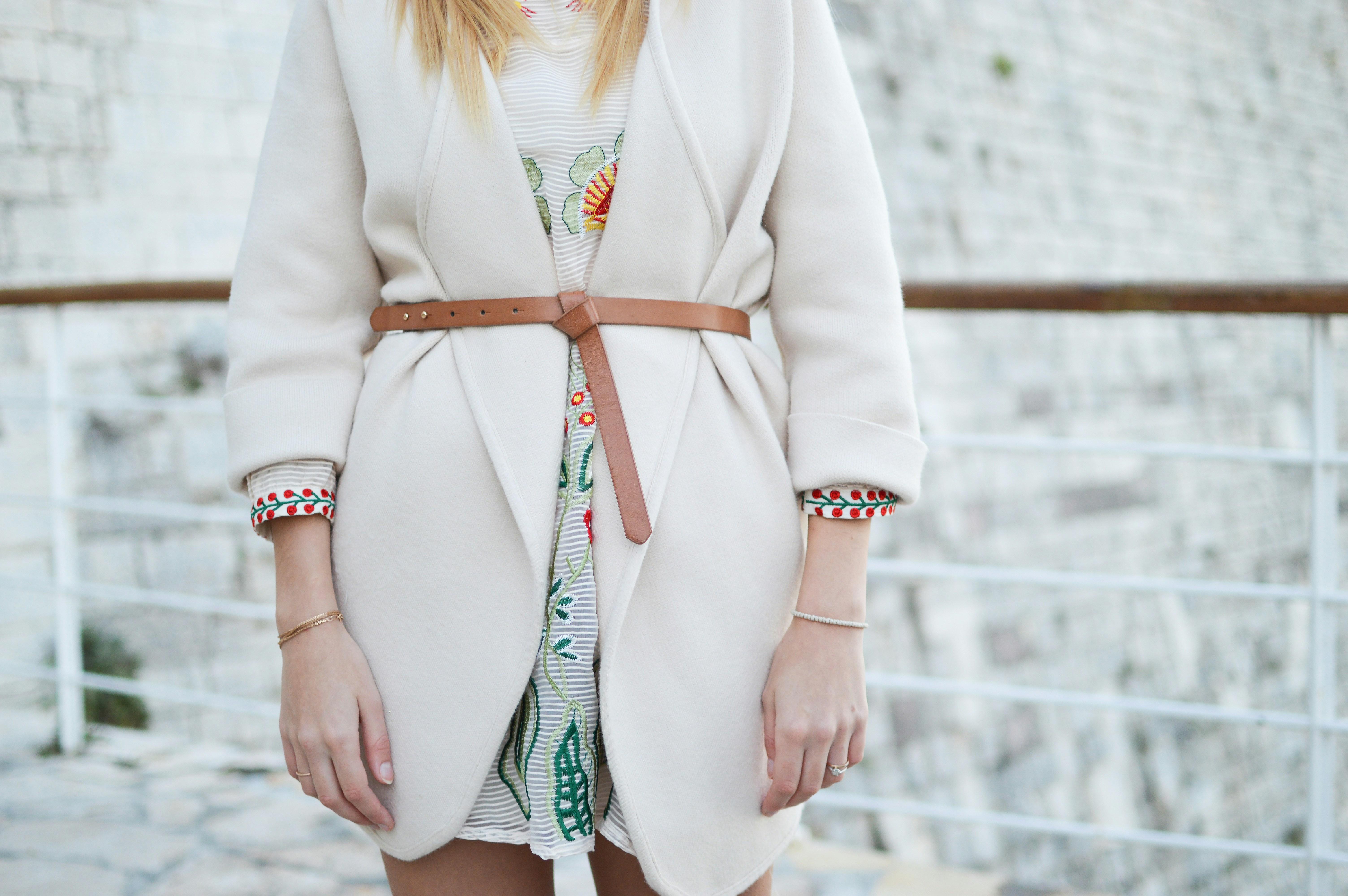
Mindful Shopping: How to Make Informed Fashion Choices
Navigating the ever-changing landscape of fashion can feel overwhelming, but mindful shopping offers a way to embrace style without succumbing to fleeting trends. By focusing on quality over quantity, you can build a wardrobe that reflects your unique taste while supporting sustainable practices. Instead of chasing every new trend, consider investing in timeless pieces that transcend seasons and offer versatility.
- Assess Your Needs: Before purchasing, evaluate your wardrobe to identify gaps.
- Prioritize Sustainability: Opt for brands that prioritize ethical production and eco-friendly materials.
- Focus on Versatility: Choose items that can be mixed and matched for various occasions.
- Embrace Personal Style: Let your individual preferences guide your choices rather than fleeting trends.
By adopting a mindful approach, you not only contribute to a more sustainable fashion industry but also cultivate a wardrobe that stands the test of time. This conscious shift encourages thoughtful consumption, ultimately leading to more meaningful and lasting fashion experiences.













